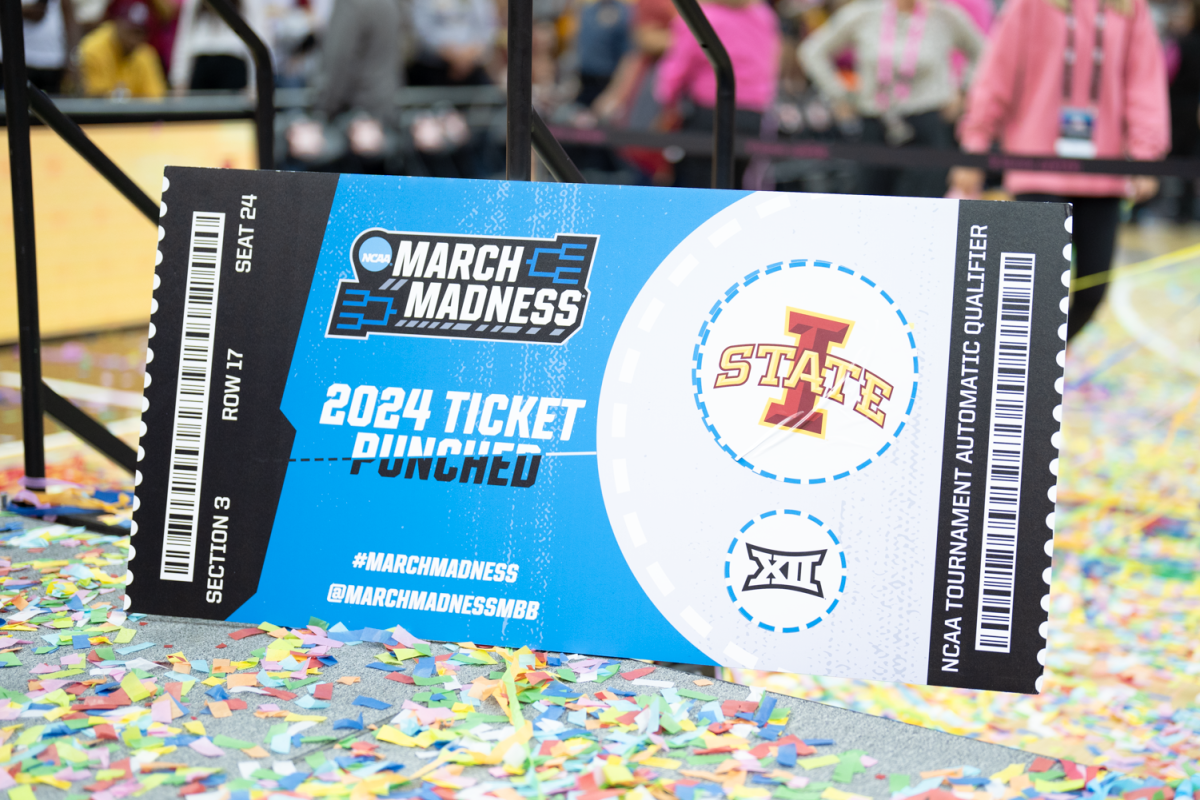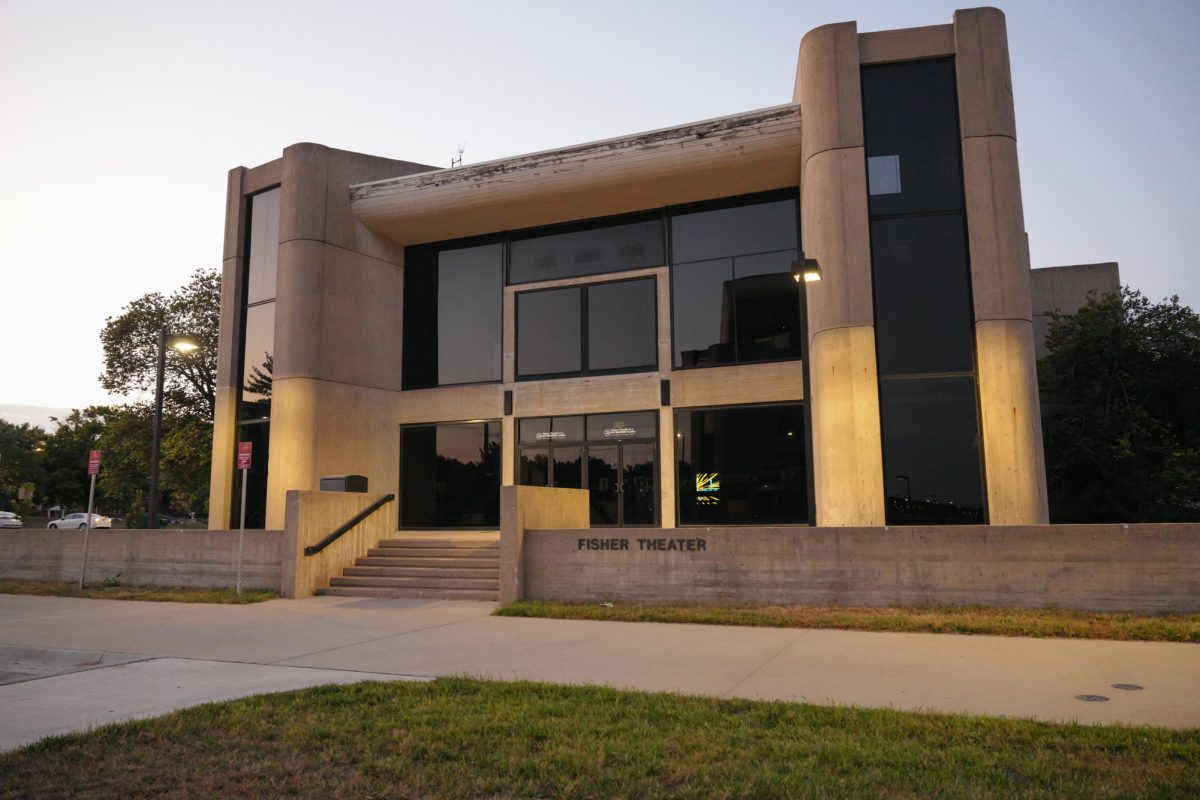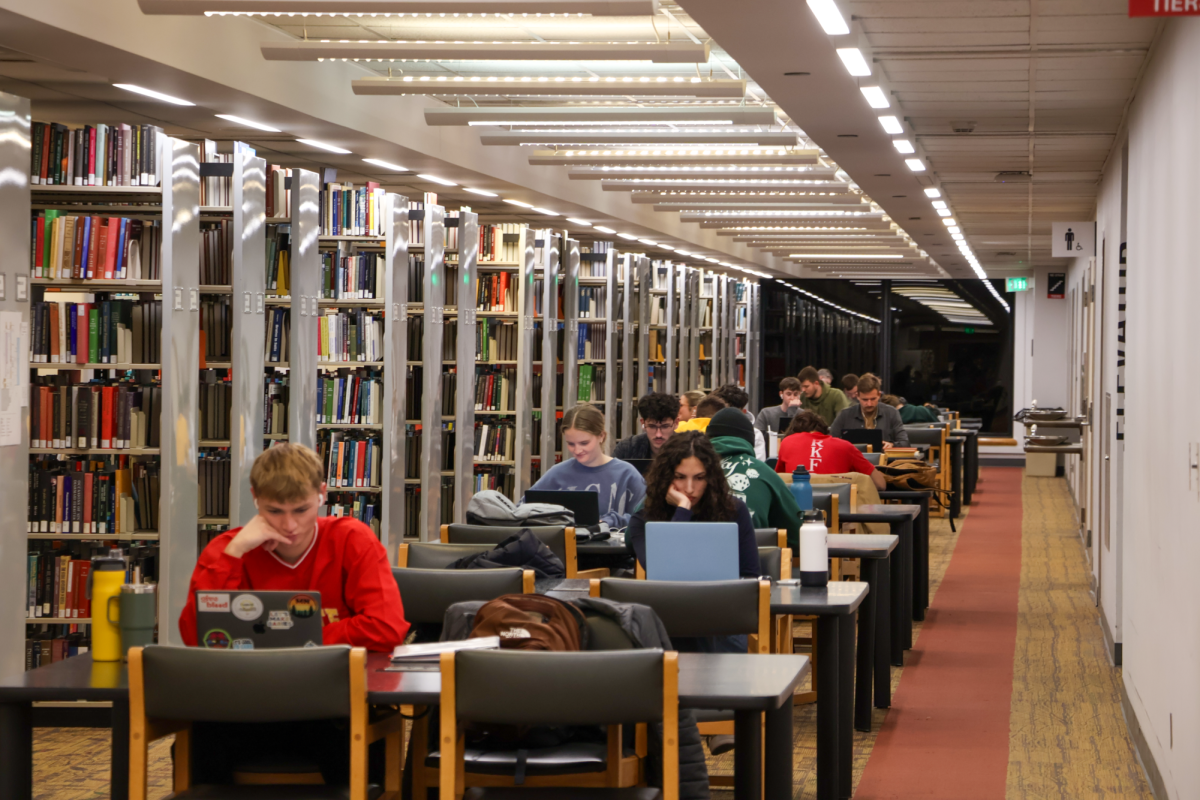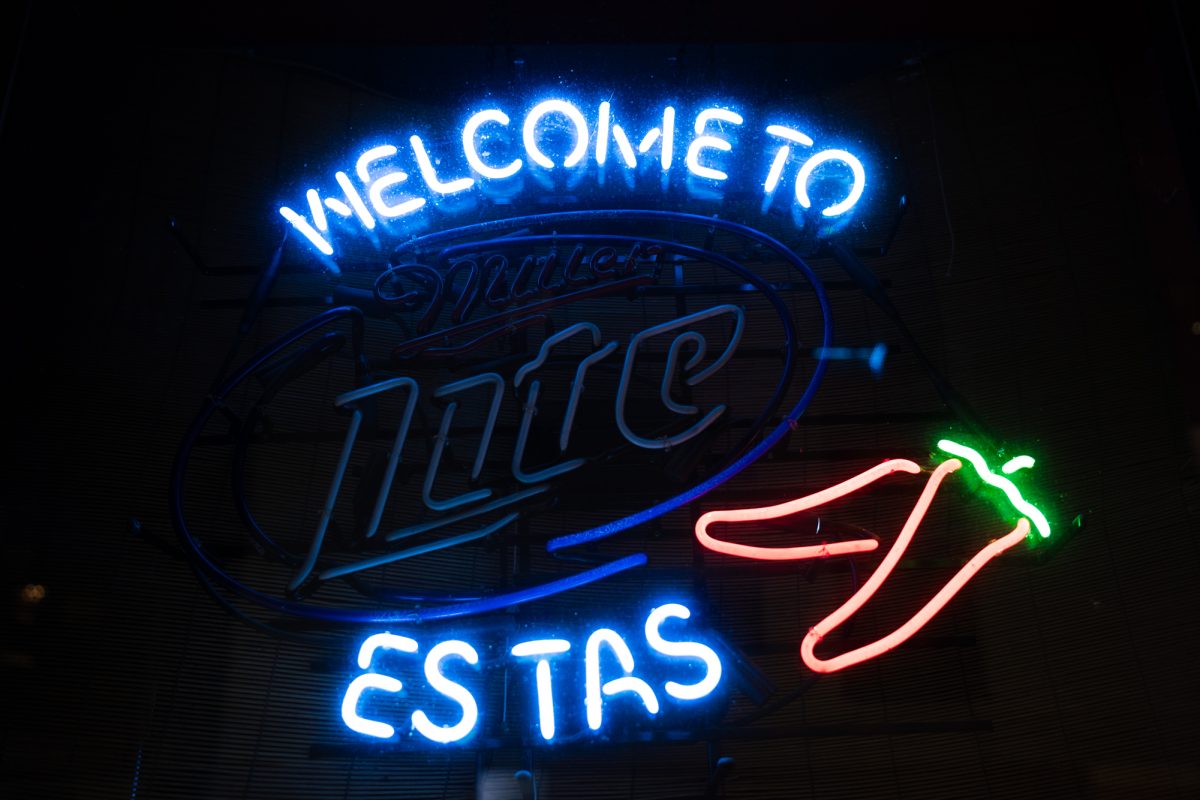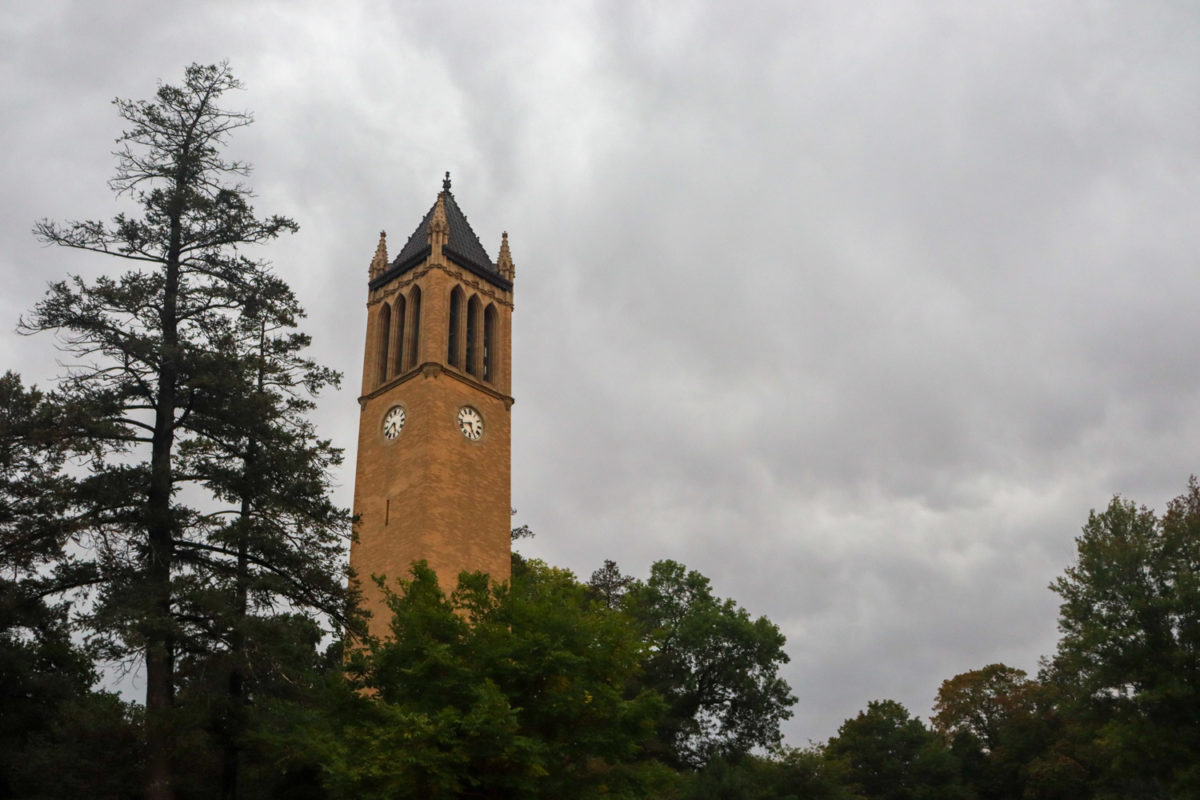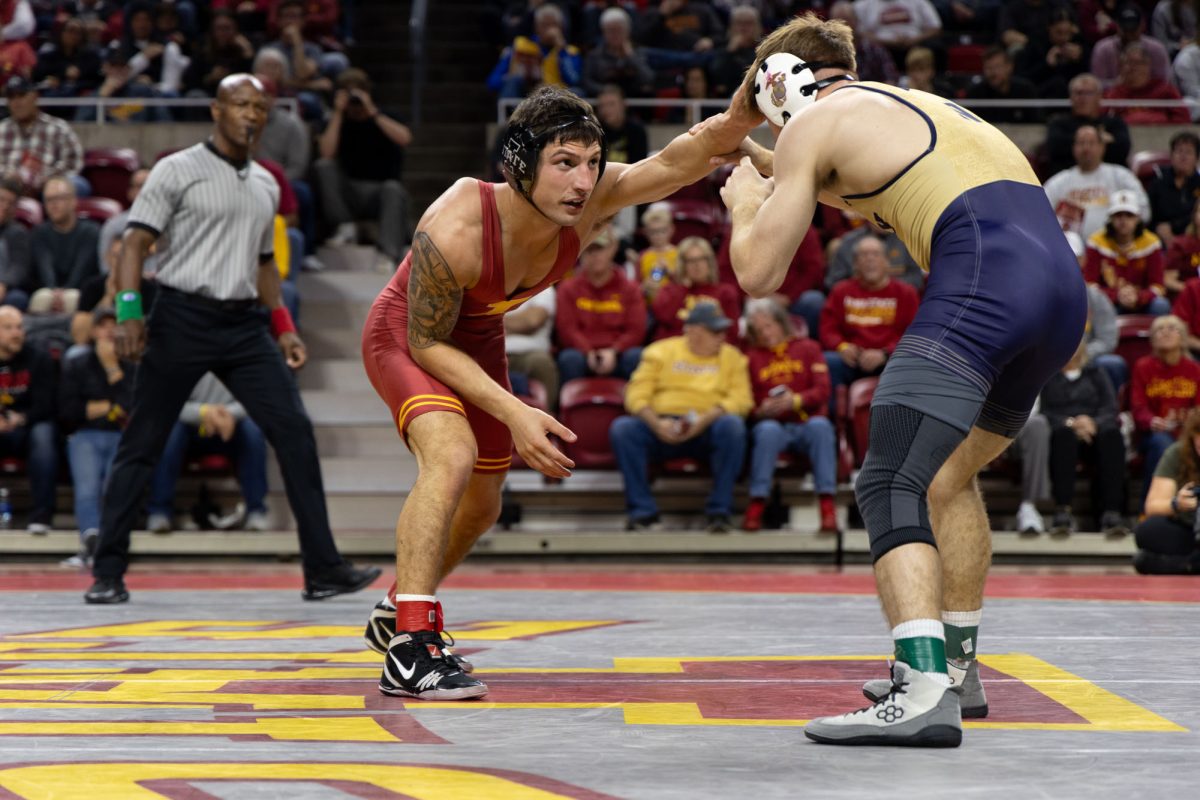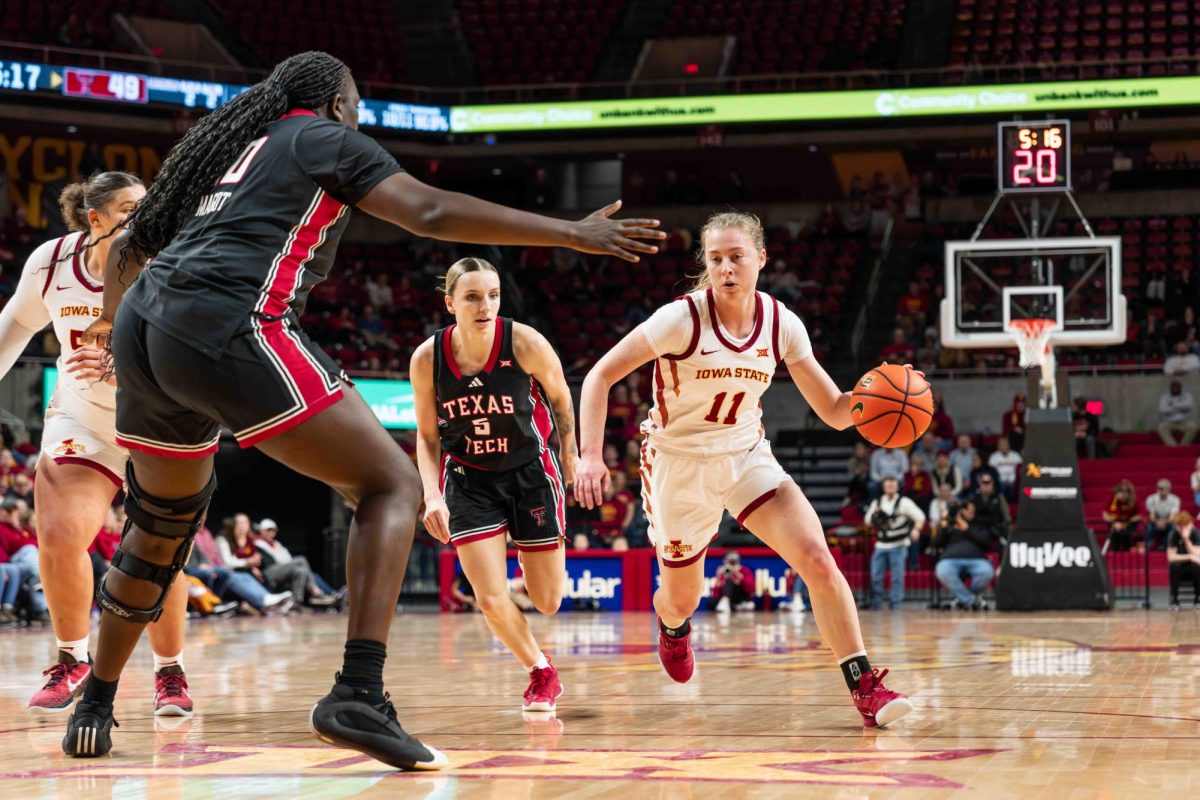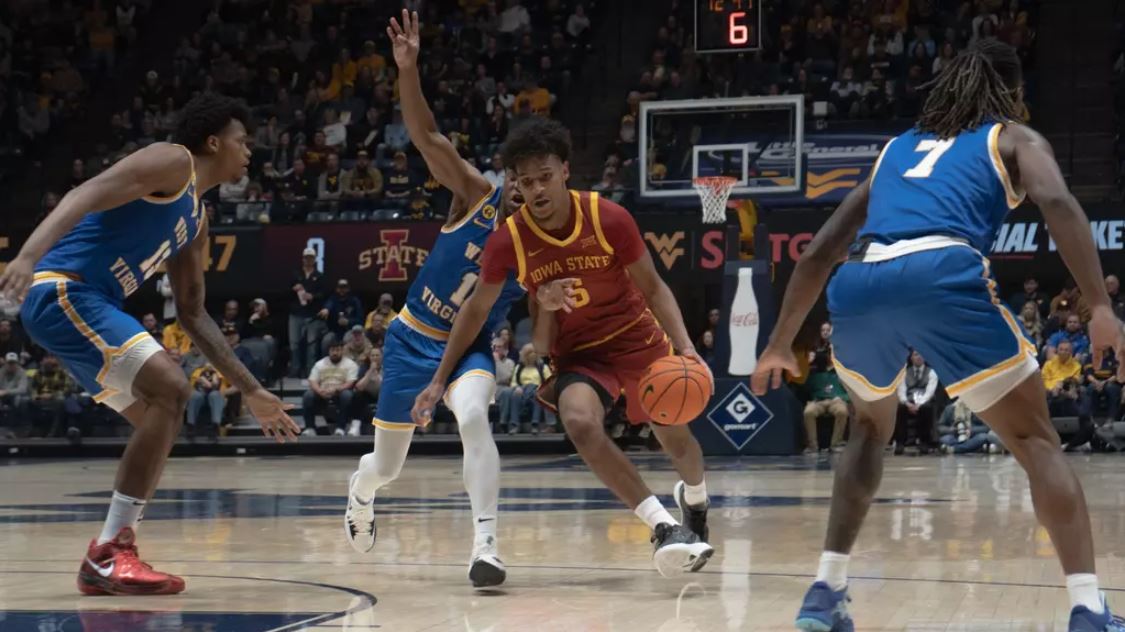After capping off a successful season with a convincing win over Houston in the Big 12 Championship, the Cyclones are going dancing. Despite finishing the season as the No. 4 ranked team in the AP Poll, the Cyclones, to many fans’ outrage, were placed as a No. 2 seed in the NCAA Tournament.
For those unfamiliar with the NCAA Tournament structure, 64 of the nation’s best teams are divided amongst four regions, or smaller brackets, of 16 teams. A selection committee evaluates the entire pool of NCAA teams and assigns a seed 1-16 for each region. The committee bases its seeding on several factors, including overall record and strength of schedule, as well as several other statistical metrics. Once each team has been seeded, the selection committee conglomerates each of the four regions into a final product, the fabled March Madness bracket.
Although the Cyclones’ two seed tied for the highest ever received by the school in an NCAA Tournament, many fans were left frustrated following the Selection Sunday bracket reveal.
“I was pretty disappointed, especially coming off a Big 12 title where they played some of their best basketball of the year,” Cade Rosacker, a junior in finance and Cyclone sports fan, said.
Claiming their fifth Big 12 title in 10 years, the last coming in 2019, the Cyclones wrapped up their season with a record of 27-7. Coming into the conference championship, Houston was the No. 1 ranked team in the country, and Iowa State the No. 7. The Cyclones were able to pull off a convincing 69-41 win, holding the Cougars to the lowest point total by an AP No. 1 seed since 1982. Many thought this dominant victory would be enough to slingshot the Cyclones into a top position. However, this was not the case. With the committee’s decision to keep Iowa State at a No. 2 seed, the question comes into play: do conference tournaments even matter?
“Seems to me like it doesn’t [matter],” said Blake Petersen, a junior studying journalism and host of Cornfield Sports, a podcast dedicated to Iowa State sports talk. “Everyone was hyping the Big 12 up like it was a gauntlet, and we beat the teams we played in the tournament by 20 to 30 points while earning a second round bye. All of that doesn’t matter, I guess.”
Rosacker shared a similar opinion, emphasizing that the Cyclones’ dominant performance in the championship should have had an even greater impact.
“I think they gloss over the conference tournaments for the most part,” Rosacker said. “If you’re already a lock to be in the field, beating Houston by 28 should have played a bigger role in the selection process.”
As if having the door of the No. 1 seed slammed in its face was not enough, the selection committee revealed Iowa State as the lowest No. 2 seed in the tournament, or eighth overall.
“Absolutely disrespectful to our basketball program,” Petersen said. “When you put us in that position when we’re behind teams who couldn’t even win their conference tournament is bizarre.”
The selection committee cited Iowa State’s lack of schedule strength in non-conference play as its explanation for the Cyclones’ seeding.
“I knew instantly that this would be the reason,” Cody Vansylalom, a senior in mechanical engineering and Iowa State sports fan, said. “The non-conference schedule was one of the weakest in the country and I understand why Iowa State was docked for it, but I do not agree with it. To quote an old teacher, ‘Don’t hate the player, hate the game.’”
Rosacker, however, saw some validity in the committee’s reasoning, “I think a two-seed was a high probability. Iowa State played a weaker non-conference schedule but destroyed their competition and played in the toughest conference in the nation,” Rosacker said.
The committee’s reasoning for Iowa State’s seeding sparked heavy debate within the college basketball world: Does non-conference scheduling actually matter?
For decades, many teams in the Power Five conferences have scheduled weaker non-conference schedules to serve as a time for developing team chemistry and preparing for the gauntlet ahead of them, that is, league play.
“Isn’t this what every school does?” Petersen said. “The point of our non-con schedule is to get the newcomers used to playing in a D1 environment… I think our non-con schedule, as well as everyone else’s should be very irrelevant at this point.”
Despite the controversy, Iowa State will enter the tournament as the No. 2 seed of the East region. Lined up next to the Cyclones in the East: in-state rival, the Drake Bulldogs. If both teams advance out of the first round, it will result in a highly-anticipated second round matchup between Iowa State and Drake in Omaha, Nebraska.
“Long awaited,” Petersen said. “I have always wanted men’s basketball matchups against UNI and Drake as well… I am very excited to potentially be playing the capital’s home team. They are a dominant team in the valley, so we can’t let up.”
For many Iowans with ties to both schools, like Vansylalom, this matchup will surely create a real headache.
“I’m torn on this because while I attend and am a diehard for Iowa State, I grew up in Des Moines and therefore grew up around Drake basketball,” Vansylalom said. “ I have gone to a few games as a kid and they look good, having won the Missouri Valley title.”
Whether you are sporting cardinal and gold or blue and white, the potential matchup is sure to have Iowans’ eyes glued to their television screens.
Whether it be the Bulldogs or another opponent, the Cyclones have a tough road ahead of them in the East region. The 16-team mini-bracket boasts several tournament contenders such as current No. 1 overall UConn, Big Ten champion Illinois and SEC favorite Auburn.
“The East region is one of the most stacked regions I have seen in a March Madness tournament,” Vansylalom said. “[Iowa State will] face a very tough slate ahead of them in the tournament, but the Cyclones have shown they can beat anyone on any given night.”
Iowa State will take on head coach T.J. Otzelberger’s former team, South Dakota State in the first round of the tournament at 6:35 p.m. Thursday. The Cyclones’ first tournament matchup will be available to stream through the NCAA March Madness app or website. The game will also be available for viewing through subscriptions to Max, truTV and YouTube TV.


